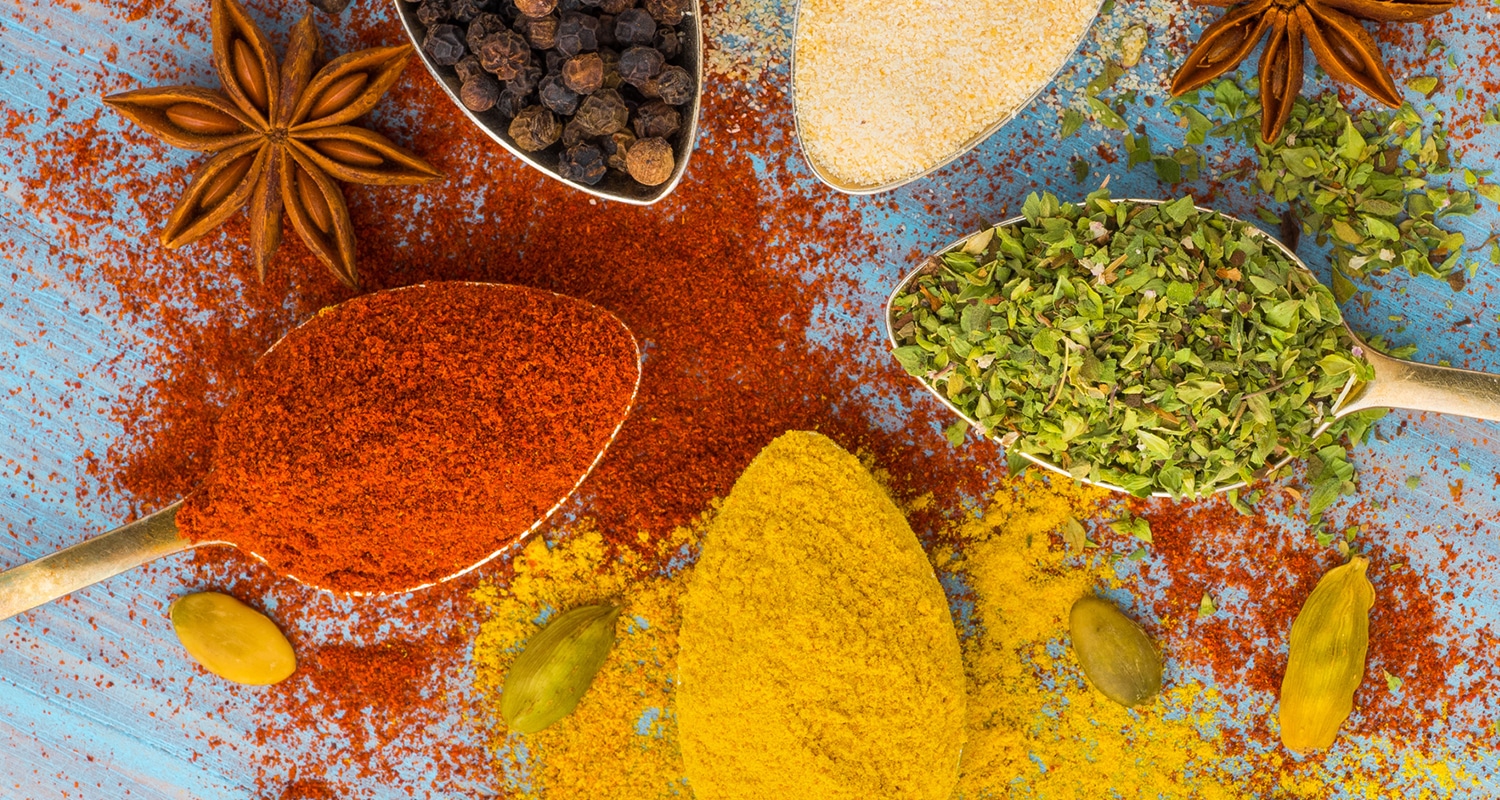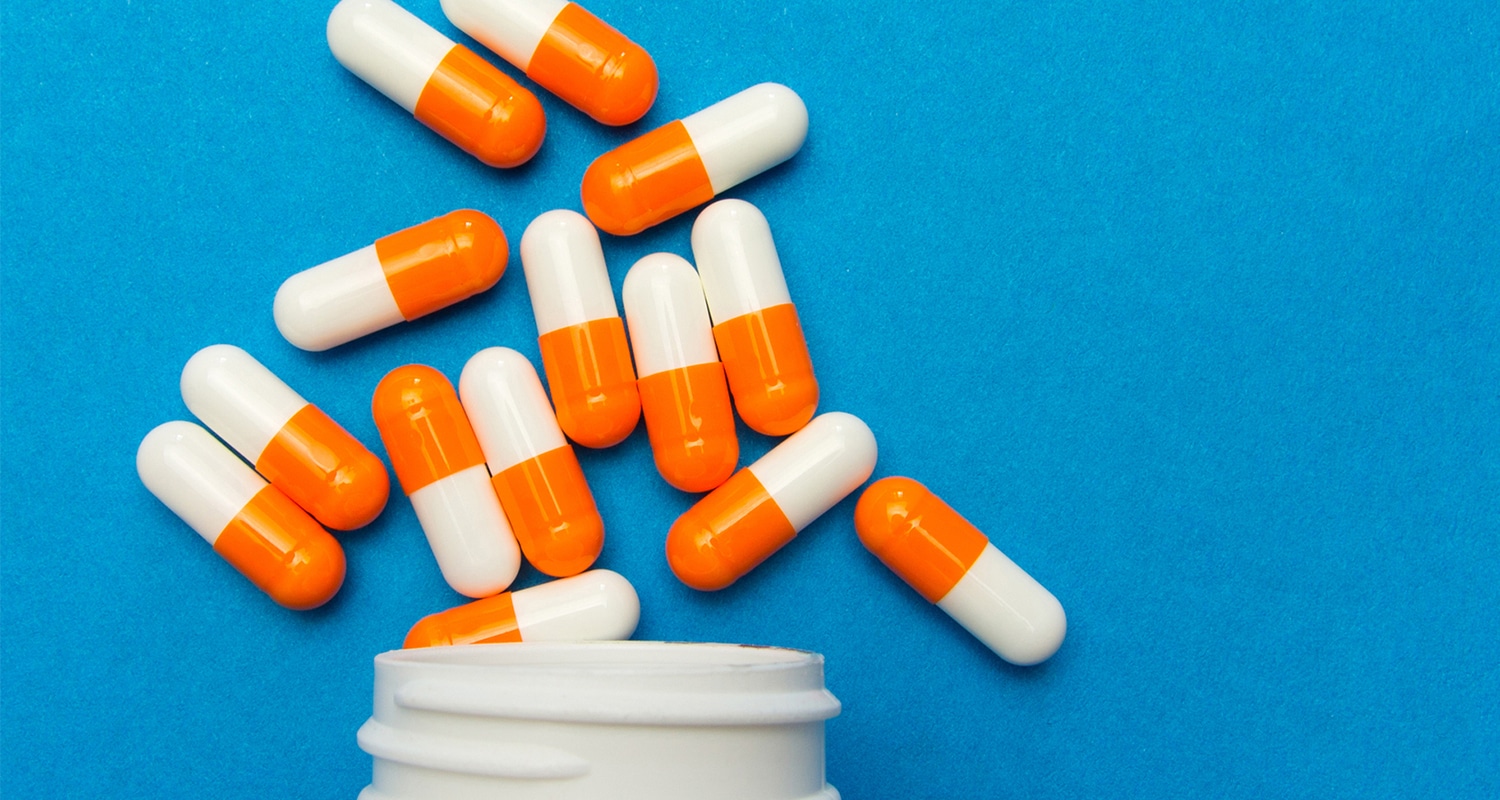
[tldr]
- Polyphenols are naturally-occurring compounds in plants that can help fight inflammation, improve gut health, and keep your weight in check.
- You can find these compounds in plant-based foods like green tea, coffee, and blueberries.
- To make the most out of polyphenols, get a wide variety in your diet, enjoy them with fat, and try a broad-spectrum supplement to fill in the gaps.
[/tldr]
Your love for coffee, dark chocolate, and even red wine can be good for you. That’s because these foods are rich in polyphenols, plant compounds that work to fight aging and inflammation in your body.
Polyphenols are what gives many fruits and veggies their vibrant colors. You need a variety of them from different sources to keep your gut, brain, and heart strong — so you can’t just pick up a chocolate bar or iced latte and call it a day. With the right approach, you can fine-tune your polyphenol intake to kick your performance into high gear.
Learn more about the key benefits of polyphenols, where to find them, and how to get more of them in your life.
What are polyphenols?
Polyphenols are a class of phytochemicals (a fancy word for chemical compounds in plants). These naturally-occurring compounds help protect plants from predators like UV rays, insects, and pollution. You can find them in a variety of fruits and vegetables like leafy greens and blueberries, as well as in beans and grains.
Unlike other protective plant compounds that may be harmful, polyphenols are beneficial to your health and can play a role in reducing inflammation, keeping blood sugar in check, and encouraging good bacteria in your gut.
There are over 500 known polyphenols classified into four main categories based on their chemical structure:
- Flavonoids
- Stilbenes
- Phenolic acids
- Lignans
Flavonoids and phenolic acids make up most of the polyphenol intake in your diet. Stilbenes and lignans are less common, with one notable exception: Resveratrol, the stilbene found in red wine.
Benefits of polyphenols
- Fight aging. Flavonoids have been shown to boost brain-derived neurotrophic factor (BDNF), a powerful protein that helps your mind age slower. They also protect your brain from stress and may ward off memory loss as you age.[ref url=“https://www.ncbi.nlm.nih.gov/pubmed/20955649”][ref url=“https://www.ncbi.nlm.nih.gov/pubmed/20955649”]
- Feed your gut. Polyphenol-rich foods like blueberries and green tea can help grow the amount of good bacteria in your gut microbiome.[ref url=“https://www.sciencedirect.com/science/article/pii/S0955286313000946”][ref url=“https://www.ncbi.nlm.nih.gov/pubmed/22060186”][ref url=“https://onlinelibrary.wiley.com/doi/full/10.1111/j.1348-0421.2012.00502.x”]
- Protect your heart health. Higher polyphenol intake is linked to a lower risk of cardiovascular disease.[ref url=“https://www.ncbi.nlm.nih.gov/pmc/articles/PMC3651847/”]
- Manage blood sugar. Dietary flavonoids and phenolic acids may help reduce blood sugar spikes and type 2 diabetes risk.[ref url=“https://www.ncbi.nlm.nih.gov/pmc/articles/PMC4728631/”]
- Keep weight in check. A variety of polyphenols, including those in green tea and turmeric, may make it easier to maintain or lose weight.[ref url=“https://www.ncbi.nlm.nih.gov/pmc/articles/PMC3257683/”]
- Fight pain and inflammation. Certain dietary polyphenols also work to neutralize the effects of free radicals (unstable molecules that cause stress and aging in your body) and lower inflammation.
Foods with polyphenols
Some plants have more polyphenols than others. For best results, choose foods with fewer antinutrients or risk for mold:
- Green tea
- Coffee (including decaf)
- Spinach
- Citrus fruits
- Asparagus
- Avocado
- Dark chocolate (aim for at least 85% cacao) and cocoa powder
- Olives
- Strawberries
- Blueberries
- Fresh herbs and spices like cinnamon, turmeric, and oregano
Side effects of polyphenols
You can get too much of a good thing when it comes to polyphenols. In large doses, they can impair thyroid function, disrupt hormones, or inhibit iron absorption.[ref url=“https://academic.oup.com/ajcn/article/81/1/326S/4607649”]. Allergies or other medical conditions can influence how your body uses them, too.
If you take statins or anti-anxiety medications, your doctor may have told you to avoid certain foods. That’s because some polyphenols, such as those in grapefruit juice, interact negatively with these drugs. Talk to your doctor if you have any concerns with how your diet affects your medication regimen.
How to get more polyphenols in your diet
What’s the best dose of polyphenols? The answer is tricky, since the vitamins, fiber, and nutrients in food can affect how well your body absorbs them. The Bulletproof Diet offers a good baseline for how many servings of fruit and vegetables will help you get a daily dose of a wide variety of polyphenols — plus, a broad-spectrum polyphenol supplement can help fill in the gaps.
Here are other steps you can take to get more polyphenols in your day:
- Eat organic. Studies show that industrial agriculture lowers polyphenol levels in food compared to organic farming.[ref url=“https://ucanr.edu/datastoreFiles/234-246.pdf”][ref url=“https://academic.oup.com/ajcn/article/79/5/727/4690182”]
- Flavor your food with herbs and spices. These seasonings contain more concentrated polyphenols than other fruits and vegetables. (Cook with these anti-inflammatory varieties.)
- Go for variety. Eat a range of plants, but supplement with a quality supplement like Polyphenomenal to cover all your bases (without having to eat a case of avocados).
- Enjoy more quality fat. Studies show eating fat makes it easier for your body to absorb the goodness in polyphenols.[ref url=“https://www.ncbi.nlm.nih.gov/pmc/articles/PMC2871118/”] Try it for yourself with classic Bulletproof Coffee, an iced matcha latte, or a turmeric latte.
Need more inspiration? Try polyphenol-rich recipes like strawberry cod ceviche, chocolate ice cream, or a green lemon smoothie.














